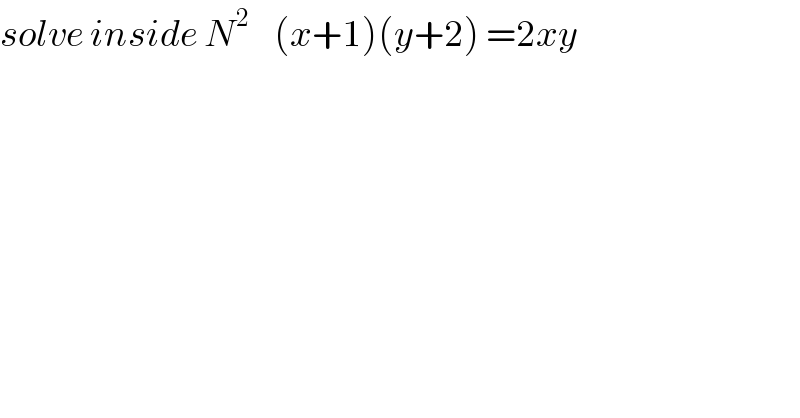
Question and Answers Forum
Question Number 61650 by maxmathsup by imad last updated on 05/Jun/19

Commented by kaivan.ahmadi last updated on 06/Jun/19

Commented by maxmathsup by imad last updated on 06/Jun/19

Commented by maxmathsup by imad last updated on 06/Jun/19

Commented by maxmathsup by imad last updated on 06/Jun/19

